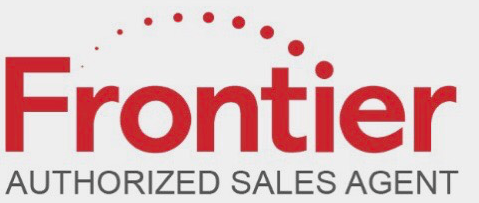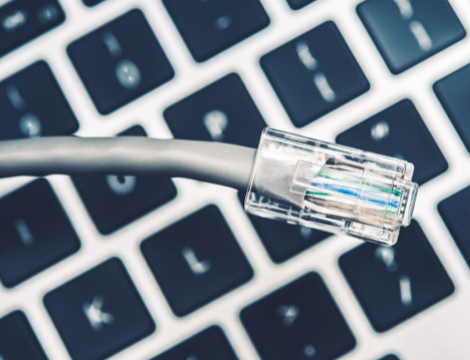Frontier Communications

(844) 319-1347
- PRICE RANGE $24.99 to $35 / mo.
- TECHNOLOGY DSL
- SPEED RANGE (DOWNLOAD) 12 mbps to 100 mbps
- SPEED RANGE (UPLOAD) Up to 100 mbps
Frontier Communications OVERVIEW
One of the largest DSL and fiber broadband providers in the US, Frontier Communications offers Internet, TV, and phone to consumers and businesses. Their fiber offerings are sometimes marketed as “Frontier FiOS,” and utilize fiber networks the company purchased from Verizon in 2016.
Frontier Communications TECHNOLOGY
Frontier offers broadband internet, TV, and phone services through DSL and fiber-to-the-home (FTTH) connections.
Frontier’s DSL offerings leverage the company’s existing phone infrastructure to deliver internet access anywhere with landline access. While DSL is an older technology and offers correspondingly slower bandwidth speeds, DSL is generally more cost effective than its alternatives.
Frontier’s fiber or fiber-to-the-home connections, on the other hand, deliver a fiber optic connection directly to homes and businesses. This direct fiber connection is considered state-of-the-art, creating the fastest connection speeds and lowest latency when compared to other technologies like DSL and traditional cable Internet.
Frontier Communications RATINGS AND REVIEWS


34.3% recommendation rating according to 16,558 verified Frontier users.
Mediacom Cable

(877) 205-7913
- PRICE RANGE $49.99 to $49.99 / mo.
- TECHNOLOGY Cable
- SPEED RANGE (DOWNLOAD) 10 mbps to 1,000 mbps
- SPEED RANGE (UPLOAD) Up to 20 mbps
Mediacom Cable OVERVIEW
Mediacom is a cable TV, broadband Internet, and phone service provider for business and residential subscribers, offering gigabit download speeds in some areas.
Mediacom Cable TECHNOLOGY
Home Internet, phone, and TV services from Mediacom are made available via their cable infrastructure, which uses existing cable TV coaxial cable to bridge the final distance between the Internet “backbone” and local subscribers.
In most setups, optical fiber cable is laid as far as a subscriber’s neighborhood, at which point data is switched from optical signal to electrical signal for transmission via coaxial cable. This makes the final bandwidth, speed, and latency offerings less ideal than a true fiber-to-the-home (FTTH) connection, but offsets the high cost of installing FTTH cables, allowing the company to offer reasonably fast service at a lower up-front cost.
Mediacom Cable RATINGS AND REVIEWS



